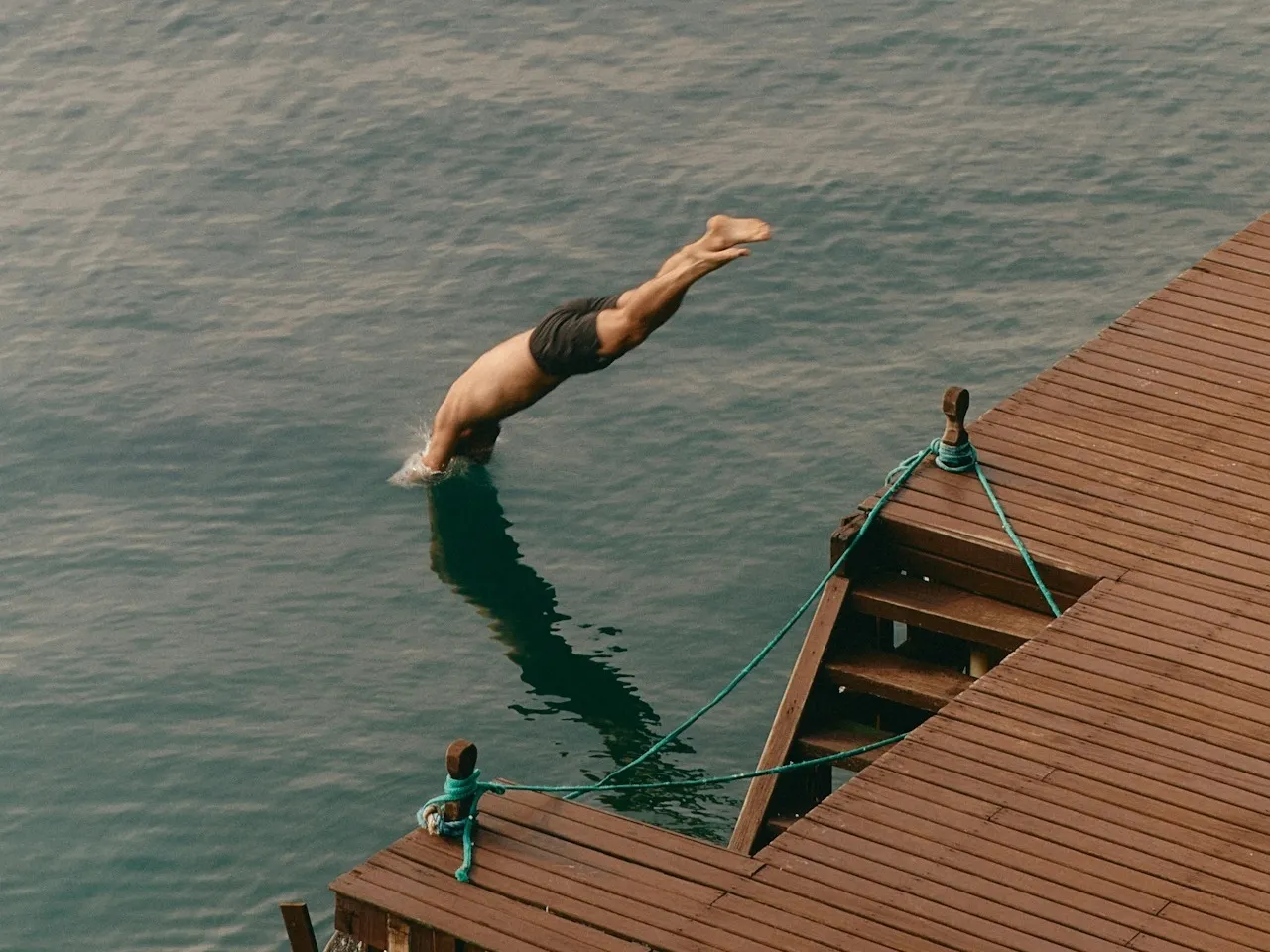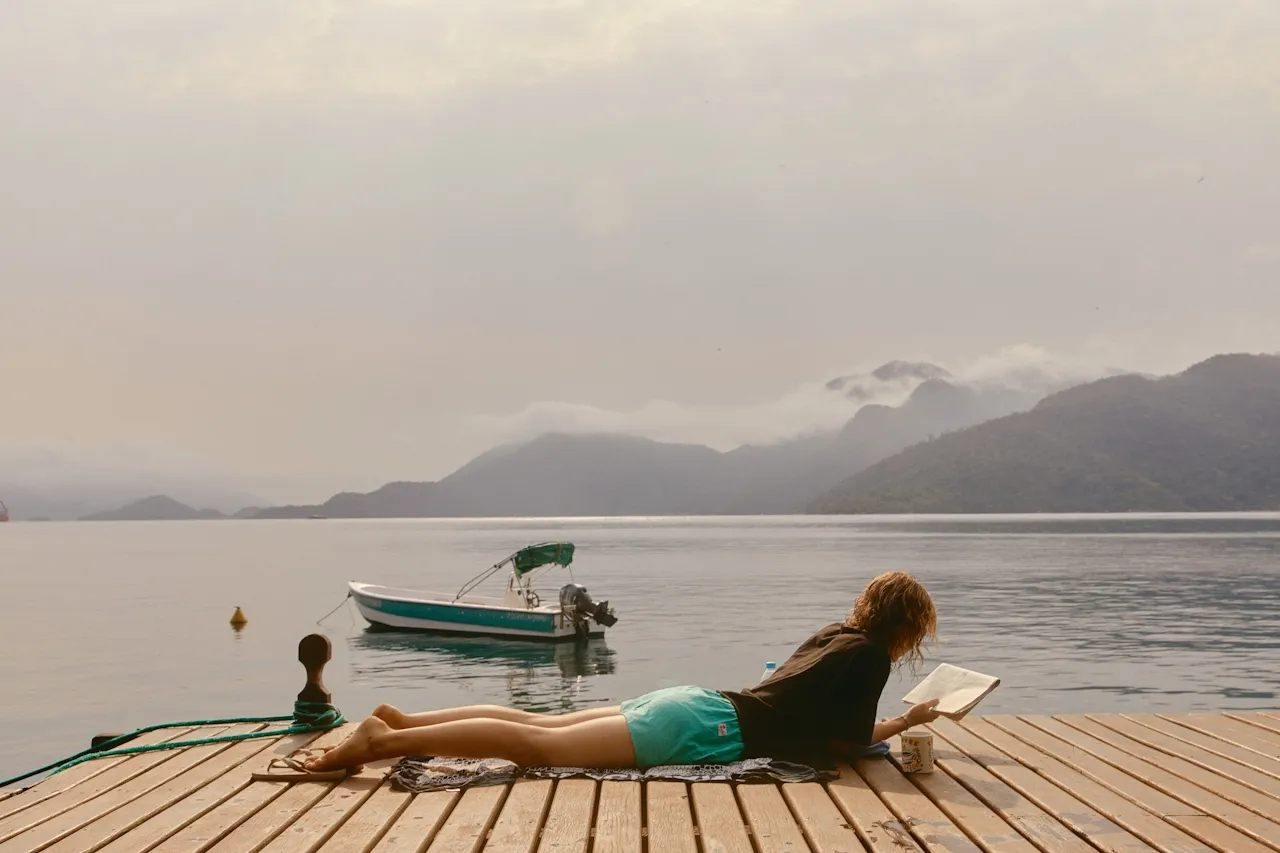Montana, often called the “Treasure State,” is a destination that truly shines when explored independently. As a content creator with a passion for genuine travel experiences, I believe there’s no better way to connect with Montana’s vast landscapes and vibrant spirit than by charting your own course. Shedding the constraints of guided tours allows you to linger longer at breathtaking vistas, stumble upon hidden local gems, and truly immerse yourself in the rhythm of this incredible corner of the United States. If the idea of wide-open roads, majestic mountains, and unforgettable adventures on your own terms excites you, then planning your independent travel in Montana is the perfect next step.
Why Embrace Independent Travel in Montana?
Choosing independent travel in Montana is choosing freedom. It means setting your own pace, deciding where to stop, what trails to hike, and which small towns to explore based purely on your interests. You can chase sunrises over the plains or stargaze under the vast, dark skies without a schedule.

This approach allows for spontaneous detours – maybe following a sign to a local brewery, spending extra time watching wildlife, or chatting with a friendly local shop owner. It’s about crafting a journey that is uniquely yours, filled with personal discoveries and moments of awe that only unscripted travel can provide.
Planning Your Independent Montana Adventure
Successful independent travel, especially across a state as vast as Montana, requires thoughtful planning, though not rigidity. Start by deciding your focus. Are you drawn to the mountain grandeur of Glacier National Park, the geothermal wonders and wildlife of Yellowstone, the historic charm of mining towns, or the open spaces of the eastern plains?
Consider the time of year. Summer offers access to high-altitude roads and trails but also means more crowds. Spring and Fall bring fewer visitors and beautiful scenery, though some services might be limited or weather unpredictable. Winter is a completely different, quiet experience, focused on snow sports and cozy getaways.
Getting Around: Your Key to Montana Freedom
For independent travel in Montana, a vehicle is almost essential. The distances between towns and attractions can be significant, and public transportation is limited outside of major cities. Renting a car, truck, or even an RV provides the flexibility to go wherever the road takes you.
What to Eat in Fort Worth – A Culinary Deep Dive
11 Must-Visit places to go in nevada for Your 2025 Trip
12 Unforgettable Fun Things to Do in Vegas for Couples
Be prepared for varying road conditions. While major highways are well-maintained, many scenic routes and access roads to trailheads are gravel or dirt. A vehicle with higher clearance can be beneficial, especially if you plan to explore more remote areas. Always check road conditions, especially in mountain passes, as closures due to weather or construction are common.
Iconic Destinations and Must-See Experiences
Montana boasts several world-class destinations perfect for independent exploration.
Glacier National Park, in the north, is a hiker’s paradise. Driving the Going-to-the-Sun Road (usually open late June/early July through mid-October, weather permitting) is an absolute highlight, but accessing it requires planning, often involving reservations or early arrival. Miles of trails cater to all levels, offering dramatic mountain and lake views. Booking accommodations or campsites well in advance is crucial during peak season.
Montana is home to three of Yellowstone National Park’s five entrances: North (Gardiner), West (West Yellowstone), and Northeast (Cooke City/Silver Gate, via the Beartooth Highway, which is often closed in winter). Entering from Montana gives you unique perspectives and access points. West Yellowstone is a bustling gateway, while Gardiner offers year-round access to the Mammoth Hot Springs area and is known for winter wildlife viewing.
 Man jumping into water in a lake
Man jumping into water in a lake
Beyond the national parks, Montana offers incredible diversity. Drive the scenic Beartooth Highway (often called “America’s most beautiful highway”) from Red Lodge, or explore the vast, less-visited landscapes of eastern Montana. Charming towns like Livingston, Bozeman, Missoula, Helena, and Whitefish offer unique character, local breweries, art galleries, and access to surrounding outdoor recreation.
Beyond the Parks: Hiking, Fishing, and More
Independent travel in Montana means you can easily pursue your outdoor passions. Hiking opportunities abound, from short strolls to strenuous multi-day treks in national forests and wilderness areas. Fly fishing is legendary here, with numerous rivers and streams offering world-class opportunities.
Other popular activities include kayaking or rafting on rivers like the Flathead or Clark Fork, wildlife watching (bison, elk, deer, pronghorn are common; bears require more caution), mountain biking, and horseback riding. In winter, skiing, snowboarding, snowshoeing, and snowmobiling take center stage. Tailor your activities to your interests and the season.
Packing Essentials for Montana
Packing for independent travel in Montana requires versatility. Weather can change rapidly, especially in the mountains. Layers are key, including waterproof and windproof outer layers. Bring sturdy hiking boots, insect repellent (especially for mosquitoes in summer), sunscreen, a hat, and sunglasses.
If visiting areas with bears (like Glacier or Yellowstone), bear spray is highly recommended, and knowing how to use it is essential. Carry plenty of water, snacks, a first-aid kit, and maps or downloaded offline maps, as cell service can be spotty. A headlamp or flashlight is useful for early starts or late finishes.
Safety and Preparedness
Montana is generally a safe state for travelers, but its wild nature requires respect and preparedness, especially for those exploring independently. Always inform someone of your itinerary, especially if hiking or venturing into remote areas. Be aware of wildlife; maintain a safe distance and never feed animals. Know what to do in case of encounters with bears or other large mammals.
Weather can be a significant factor; check forecasts regularly and be prepared for sudden changes, including thunderstorms, hail, or even snow, regardless of the season. Understand the risks associated with your chosen activities and take appropriate precautions. Vast distances mean gas stations and services can be far apart; keep your fuel tank topped up.
 Woman reading a book on a dock by a lake
Woman reading a book on a dock by a lake
Experiencing Local Culture and Cuisine
Independent travel allows for authentic cultural and culinary experiences. Seek out local diners, steakhouses, and breweries. Try regional specialties like Montana beef, huckleberries (in season), or craft beers from the state’s burgeoning brewery scene.
Visit small-town museums, often housed in historic buildings, to learn about the region’s rich history, from Native American heritage to the Lewis and Clark Expedition, the gold rush, and ranching traditions. Attend a local rodeo, farmers market, or community event if your timing aligns. Engaging with locals can provide valuable insights and make your trip more memorable.
Budgeting for Your Independent Trip
The cost of independent travel in Montana varies greatly depending on your style. Camping or staying in budget motels and cooking some of your own meals can keep costs down. Renting a car is a significant expense, but essential for getting around. Entrance fees for national parks and some state parks apply.
Consider travel during the shoulder seasons (late spring, early fall) for potentially lower accommodation prices and fewer crowds. Planning your route efficiently can save on gas costs. Look for free activities like hiking trails outside the national parks or exploring state forests.
Finding Solitude and Connection
Perhaps one of the greatest appeals of independent travel in Montana is the opportunity for solitude. With its vastness, it’s easy to find yourself alone with nature, contemplating the immense landscapes or enjoying the quiet.
However, it also offers opportunities for connection – with the land, its history, and its people. Strike up conversations in small-town cafes, learn about conservation efforts from park rangers, or simply share a trail moment with a fellow hiker. Independent doesn’t mean isolated; it means choosing your connections on your own terms.
Frequently Asked Questions About Independent Travel In Montana
Is Montana safe for solo female travelers?
Yes, Montana is generally considered safe for solo female travelers. However, like any destination, it’s important to take standard precautions: be aware of your surroundings, especially in urban areas at night, inform someone of your plans, and exercise caution when hiking alone, particularly regarding wildlife.
Do I need a car for independent travel in Montana?
For independent travel outside of major cities like Bozeman or Missoula, a car is highly recommended and often essential. Distances are large, and public transportation options are very limited.
When is the best time to visit Montana for independent travel?
The best time depends on your interests. Summer (June-August) is popular for hiking and national park access, but crowds are highest. Spring (April-May) and Fall (September-October) offer fewer crowds and beautiful scenery, though weather can be unpredictable. Winter (November-March) is ideal for snow sports and quiet getaways.
How much time should I budget for independent travel in Montana?
To truly experience Montana’s diversity, allow at least 7-10 days. A two-week trip allows you to visit multiple regions (e.g., Glacier and Yellowstone) without feeling rushed. However, even a long weekend exploring one area can be rewarding.
What kind of accommodations are available?
Montana offers a range of options: hotels and motels in towns, rustic cabins, vacation rentals, campgrounds (both developed and primitive), and some unique lodges and ranches. Availability varies by season, so book in advance during peak times.
Conclusion
Independent travel in Montana is an invitation to explore at your own pace, connect deeply with nature, and discover a state rich in beauty, history, and adventure. It requires planning and self-reliance, but the rewards—unforgettable landscapes, genuine experiences, and the freedom of the open road—are immense. Whether you seek the challenge of a mountain hike, the tranquility of a fishing stream, or the charm of a small Western town, Montana offers a vast playground for the independent spirit. Start planning your journey to the Big Sky Country; the adventure awaits.
